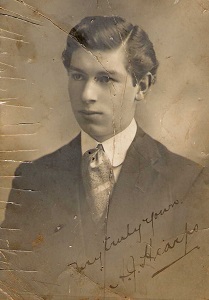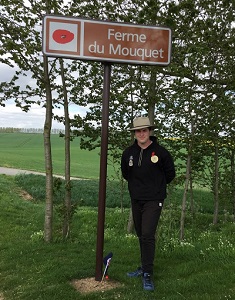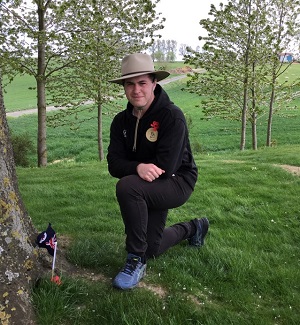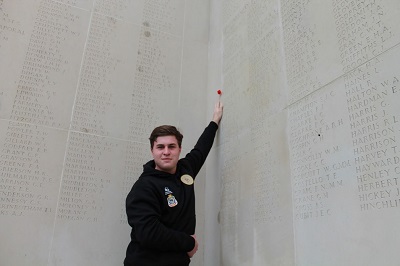
Divisions
-
Community Partnerships and Priorities
- Aboriginal Partnerships
- Child and Youth Wellbeing
-
Community Policy and Engagement
- Advisory groups
- Centenary of ANZAC
- Companion Card Program
- Concessions Guide
- Prevention of Family and Sexual Violence
- International Women's Day
- Frank MacDonald Memorial Prize
- Significant Tasmanian women
- Tasmanian Honour Roll of Women
- Women on Tasmanian boards and committees
- Veterans Programs
- Seniors Card
- Tasmanian Carer Action Plan
- Older Tasmanians
- LGBTIQA+ Tasmanians
- Volunteering
- Multicultural Tasmanians
- Food Relief to Food Resilience
- People with Disability
- Women
- Community and Disability Services
- Community Grants
- Contact
- Digital Strategy and Services
- Office of Local Government
- Office of Parliamentary Counsel
- Office of Review and Evaluation
- Office of the Secretary
- Resilience and Recovery Tasmania
- Corporate and Government Services
- Policy Division
- Service Tasmania Unit
- State Service Management Office
Contact Details
By phone
Find the number of a specific division or office to contact them directly or call Service Tasmania on 1300 135 513.
Our staff
Use the Tasmanian Government Directory to find staff contact details
Social media
Follow our social media accounts to keep up to date with specific programs and initiatives.
Alfred Hearps



Following in the footsteps of Alfred Hearps
Scotch Oakburn College student William Scott researched Second Lieutenant Alfred Hearps for the Frank MacDonald Study Tour 2019. The tour provided William with an opportunity to travel to the Western Front and visit significant sites where Second Lieutenant Alfred Hearps served during World War One.
About Alfred John Hearps
Alfred John Hearps was a strong and determined man, who was prepared to defend what he stood for and the land that he loved.
Alfred was of Aboriginal heritage, and was a direct descendent of Mannalargenna, one of the greatest native Tasmanian leaders and warriors.
Alfred served with the 12th Battalion that rushed the shores of Gallipoli early in the morning of 25 April 1915. Alfred survived the campaign without obtaining any physical wounds. Like many of the other soldiers however, it was the mental strain that took its toll. In late July, he was evacuated from Gallipoli and hospitalised in Alexandria. Though he was diagnosed with a variety of things, it was most likely that he was suffering from both shell shock and poor health as a result of the horrible living conditions on the peninsula in Turkey.
The 12th Battalion fought bloody battles on the Somme, in France. In mid-August 1916, the 12th Battalion fought in the battle at Mouquet Farm.
During the battle, things did not go according to plan. Second Lieutenant Alfred John Hearps fell to the ground, shot in the neck. Private Arthur Bean, 26, stayed with Alfred for half an hour, offering whatever support he could. When it became far too dangerous for Private Bean to stay, he returned to the Australian lines, pleading for a chance to recover Second Lieutenant Hearps’ body. Given the situation, the requests were denied. It was that next morning that Alfred never answered to the roll call and was marked as missing.
Body could not be located

Second Lieutenant Alfred Hearps was one of 6,000 ANZAC casualties at Mouquet Farm.
Alfred’s mother, Eva, was "torn apart" when she heard what had happened to her son. Eva was forced to come to terms with the fact that Alfred’s body could not be located and that the inscription that she had lovingly written would not be published.
Second Lieutenant Hearps has no known grave and is commemorated on the Villers-Bretonneux Memorial in France.
William Scott, of Scotch Oakburn College, researched Alfred John Hearps for the Frank MacDonald Study Tour 2019. During the tour, William visited Mouquet Farm, in France.
- Read William Scott's research about Alfred John Hearps (PDF, 273.72KB)
